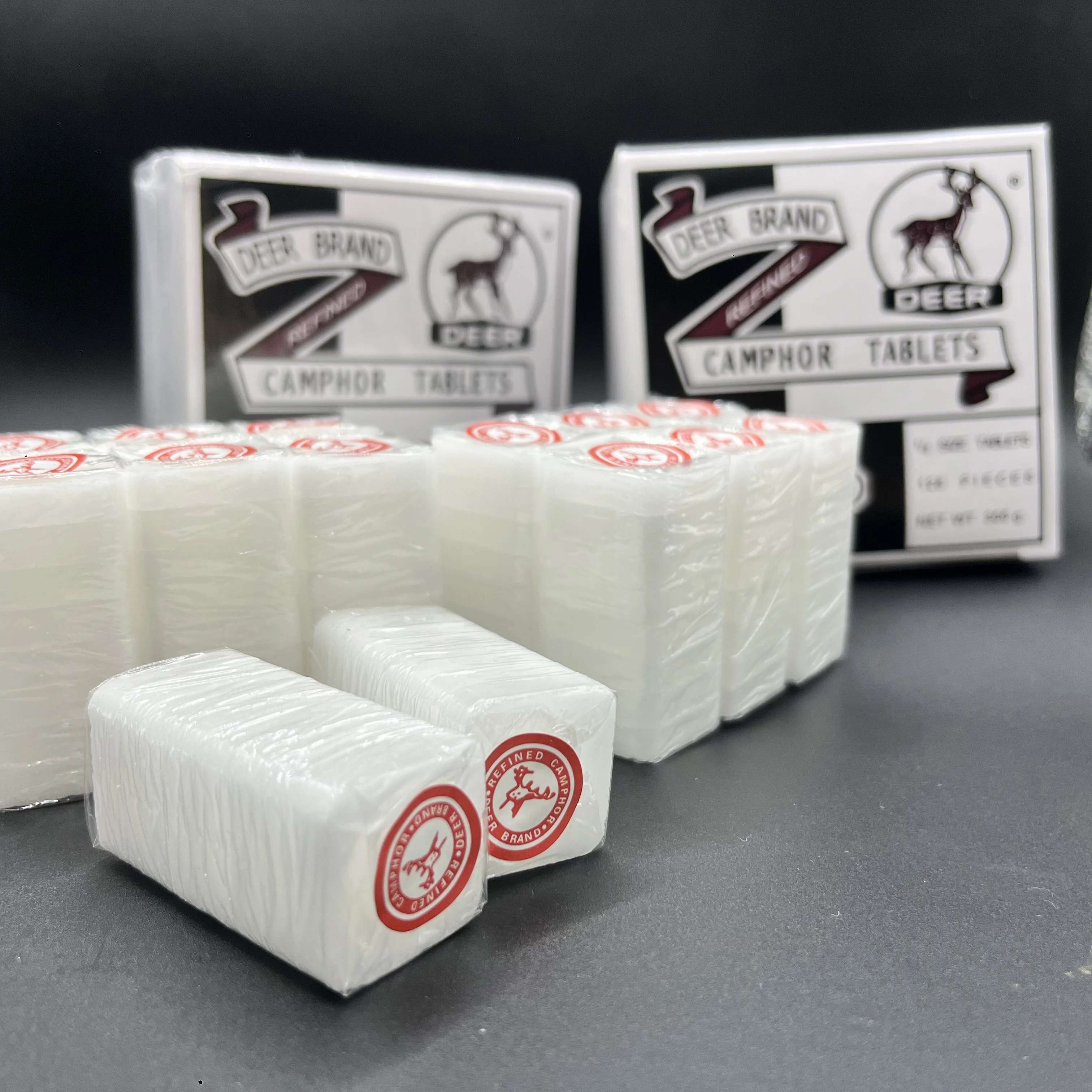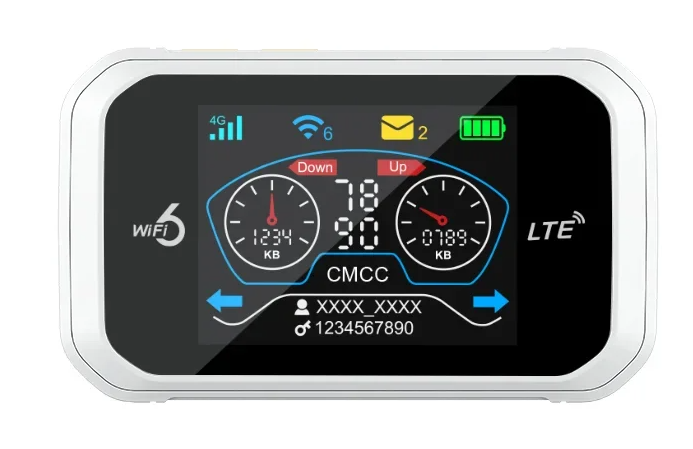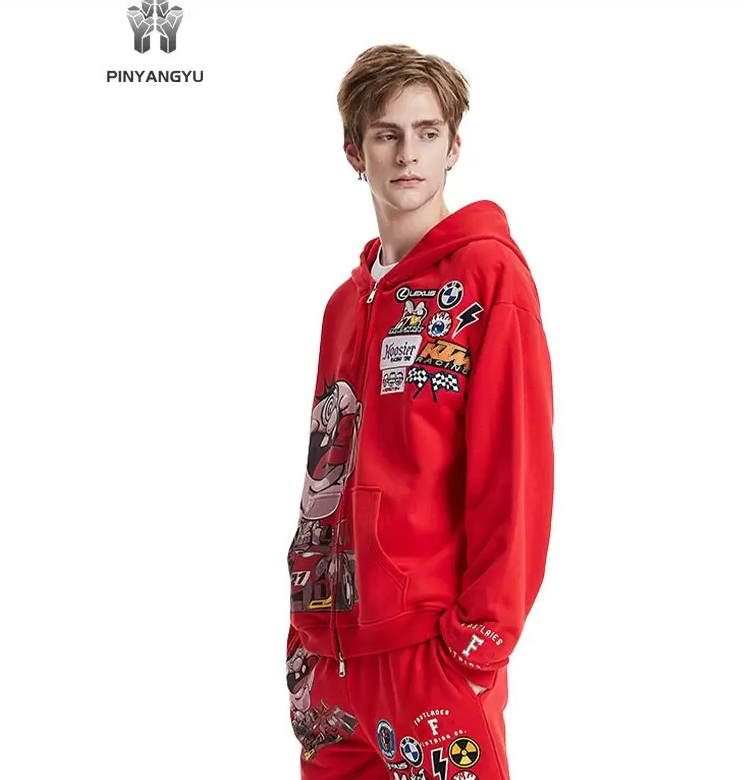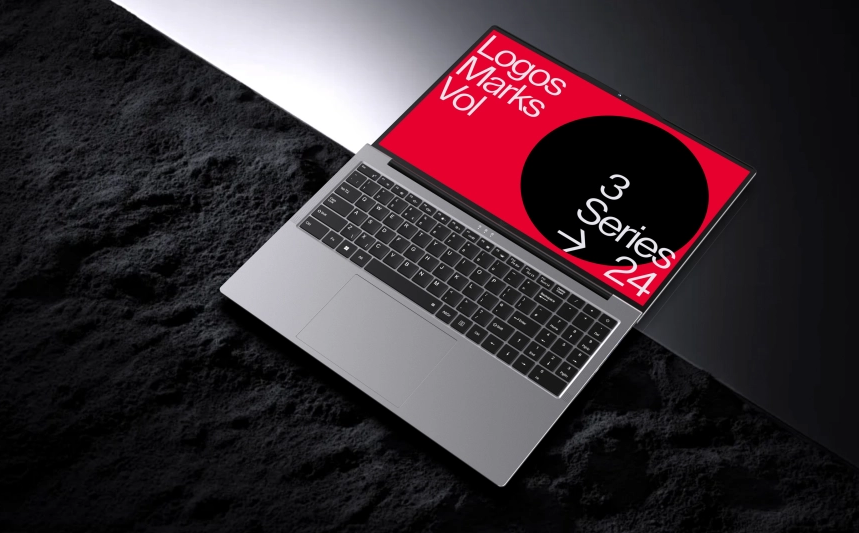When it comes to outdoor adventures, having the right gear can make all the difference between a memorable experience and a soggy nightmare. One of the most critical pieces of equipment for camping enthusiasts is undoubtedly the tent. However, with a plethora of options available on the market, the question arises: What is the best waterproof tent? This article aims to provide a comprehensive guide to help you navigate the world of waterproof tents, ensuring that you make an informed decision for your next camping trip.
Understanding Waterproof Ratings
Before diving into specific tent models, it's essential to understand how waterproof ratings work. Tents are typically rated using a measurement called the Hydrostatic Head (HH), which indicates how much water pressure a fabric can withstand before it begins to leak. This measurement is expressed in millimeters (mm). For instance, a tent with a rating of 3000mm can withstand the pressure of 3000mm of water before leaking.
- 2000mm HH: Suitable for light rain and occasional showers.
- 3000mm HH: Ideal for moderate rain and wet conditions.
- 4000mm HH and above: Best for heavy rain and extreme weather conditions.
When searching for the best waterproof tent, look for models with a minimum HH rating of 3000mm to ensure adequate protection against the elements.
Key Features of a Waterproof Tent
- Material Quality: The fabric of the tent plays a crucial role in its waterproof capabilities. Look for tents made from high-quality materials such as ripstop nylon or polyester, which are often treated with a waterproof coating. Additionally, consider the denier (a unit of measurement for fabric thickness); higher denier fabrics tend to be more durable and resistant to wear and tear.
- Seam Sealing: Even the best materials can fail if the seams are not properly sealed. Tents with factory-sealed seams or those that come with seam tape are more likely to keep water out. Always check for this feature when evaluating waterproof tents.
- Rainfly Design: A rainfly is an additional layer of waterproof material that covers the tent. Look for tents with a full-coverage rainfly that extends to the ground, as this provides better protection against rain and wind. Some tents also feature vestibules, which offer extra storage space and protection for gear.
- Ventilation: While waterproofing is essential, proper ventilation is equally important to prevent condensation inside the tent. Look for tents with mesh panels and adjustable vents that allow for airflow while keeping rain out.
- Footprint: A footprint is a groundsheet that protects the tent floor from abrasions and moisture. Investing in a footprint can enhance the longevity of your tent and provide an additional layer of waterproofing.
Top Waterproof Tent Recommendations
Now that we understand the key features to look for, let’s explore some of the best waterproof tents available on the market:
- Big Agnes Copper Spur HV UL: This ultralight tent boasts a 1200mm HH rating and features a durable ripstop nylon construction. Its unique design includes a full-coverage rainfly and excellent ventilation, making it a favorite among backpackers.
- REI Co-op Half Dome SL: With a 3000mm HH rating, this tent is designed for three-season camping. It offers ample space, a sturdy rainfly, and a well-ventilated design, making it a reliable choice for families and groups.
- MSR Hubba NX: Known for its durability and weather resistance, the Hubba NX features a 3000mm HH rating and a unique pole design that enhances stability in windy conditions. Its spacious interior and easy setup make it a top choice for solo adventurers.
- Nemo Hornet 2P: This lightweight two-person tent offers a 1200mm HH rating and is perfect for minimalist backpackers. Its innovative design includes a rainfly that doubles as a tarp, providing versatility in various weather conditions.
Conclusion: Making the Right Choice
Choosing the best waterproof tent involves considering various factors, including material quality, waterproof ratings, and specific features that suit your camping style. By understanding these elements and exploring top-rated options, you can confidently select a tent that will keep you dry and comfortable during your outdoor adventures.





